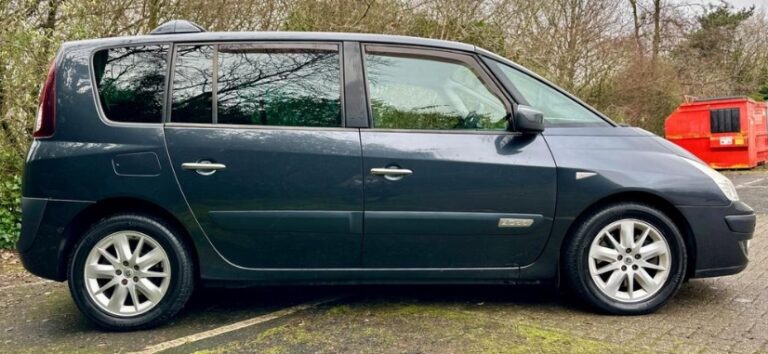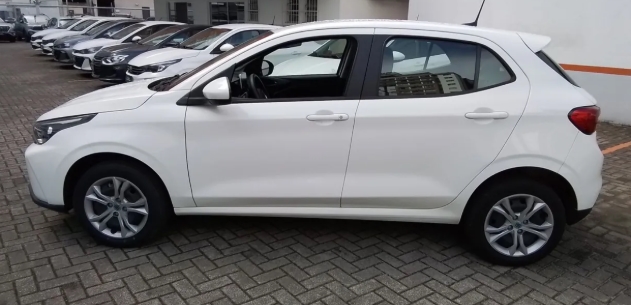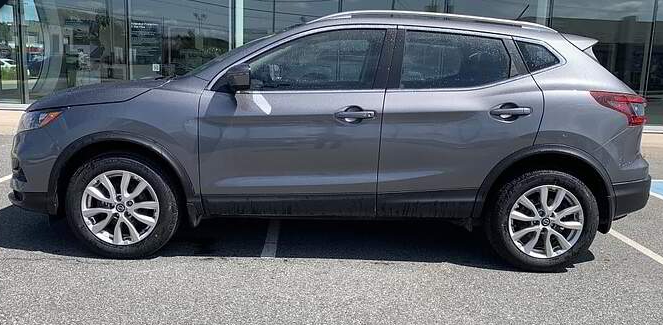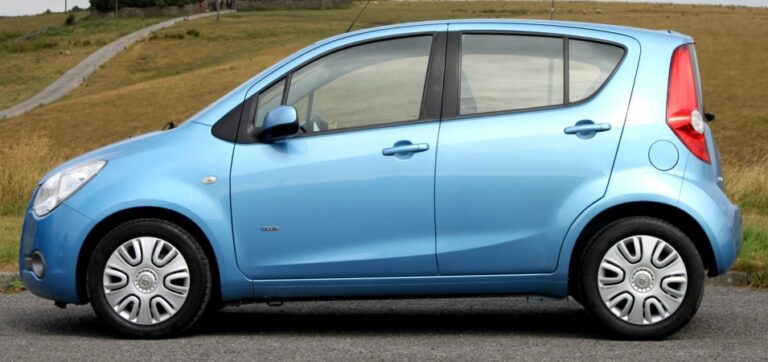The Evolution of the Datsun on-DO
Introduction
The Datsun on-DO is a compact sedan manufactured by Nissan under the Datsun brand, primarily targeted at emerging markets, including Russia and some other CIS countries. Launched in 2014, the on-DO was conceived as an affordable, reliable, and stylish vehicle designed to appeal to budget-conscious consumers seeking a modern sedan. Over the years, the model has undergone various updates, facelifts, and trim level variations, reflecting Nissan’s strategic approach to the segment.
This article provides a detailed chronological overview of the Datsun on-DO, including its production years, model variants, and trim levels offered throughout its lifespan.
Introduction and Launch (2014)
2014: The Birth of the Datsun on-DO
The Datsun on-DO was officially introduced in 2014, marking Datsun’s return to the automotive scene after a hiatus. The model was designed specifically for the Russian market and other similar regions. Its development aimed to deliver a low-cost, practical, and stylish vehicle equipped with modern features.
Design and Platform
Built on the Nissan B0 platform (shared with several other Nissan models like the Nissan Almera), the on-DO sported a contemporary sedan profile with a focus on spaciousness, comfort, and affordability. Its design was characterized by a youthful and modern aesthetic, with a prominent front grille, sleek headlamps, and clean lines.
Initial Trim Levels (2014 Launch)
At launch, the Datsun on-DO was offered primarily in two trim levels:
- Standard (Base) Trim: Featuring essential equipment such as manual air conditioning, front power windows, and a basic audio system.
- Luxury (Top) Trim: Included additional features like power windows for all doors, a more sophisticated audio system with a CD player, enhanced interior trim, and sometimes optional security features.
First Major Update (2016)
2016: Facelift and Model Refinements
In 2016, Nissan introduced a facelift to the on-DO to keep the model competitive. The updates included subtle exterior changes—such as revised bumpers, new grille designs, and updated headlights—and interior improvements like better materials and increased comfort features.
Trim Level Adjustments
The trim levels remained similar but saw some enhancements:
- Standard: Continued to serve as the entry-level, focusing on affordability.
- Comfort: Added features such as power steering, upgraded audio systems, and improved interior finishes.
- Luxury: Maintained as the top-tier variant with features like upgraded upholstery, air conditioning, and extra safety options.
Technical Updates
The 2016 model retained the 1.6-liter inline-4 engine producing approximately 87 horsepower, paired with a 5-speed manual transmission, with some markets receiving a 4-speed automatic option.
Introduction of New Variants and Features (2018)
2018: Further Refinements and New Features
By 2018, the Datsun on-DO had solidified its position in the budget sedan segment. Nissan introduced additional equipment packages and minor cosmetic updates to keep the model fresh.
New Trim Levels
The lineup expanded to include:
- Standard: Basic features, manual transmission, and minimal equipment.
- Comfort: Added power windows, air conditioning, and upgraded audio.
- Premium: Featured a more refined interior, upgraded audio, and alloy wheels.
- Sport (Optional): Some markets saw a sportier variant with unique exterior styling cues, though not widely available.
Technology and Safety
Although primarily focused on affordability, the 2018 models began to incorporate safety features such as:
- ABS (Anti-lock Braking System)
- EBD (Electronic Brakeforce Distribution)
- Dual front airbags
Higher trims offered additional features like central locking and upgraded audio systems.
.
You’ve got that cool car, but is it resting in its own cool place?
It’s visually pleasing for the surrounding areas outside of your home to look as awesome as what’s stored inside your garage! If you desire a truly inspirational environment, you should check into these plans!

.
Discontinuation and End of Production (2020)
2020: Cessation of Production
Production of the Datsun on-DO officially concluded around 2020, as Nissan shifted focus toward newer models and different markets. The model had achieved considerable success in its target regions but was phased out to make way for the next-generation Nissan models and to streamline Nissan’s regional lineup.
Summary of Models and Trim Levels over the Years
| Year | Models/Trims Offered | Notable Features |
|---|---|---|
| 2014 | Base, Luxury | Initial launch, basic features, modern styling |
| 2016 | Standard, Comfort, Luxury | Facelifted design, interior and exterior updates |
| 2018 | Standard, Comfort, Premium, Sport | Additional safety, technology, and styling options |
| 2020 | Discontinued | End of production, replaced by newer models |
Evolutionary Highlights
- Design Evolution: From a basic, utilitarian look to a more refined and modern aesthetic.
- Feature Progression: Gradual inclusion of safety, comfort, and technological features aligned with market demands.
- Engine and Transmission: Consistent use of 1.6-liter engines with manual and automatic options, with minor updates for efficiency and emissions compliance.
- Market Positioning: Positioned as an affordable, reliable sedan for first-time buyers and budget-conscious consumers.
Legacy and Impact
The Datsun on-DO played a significant role in Nissan’s strategy to penetrate emerging markets with affordable and reliable vehicles. It offered a practical alternative to more expensive sedans and contributed to Datsun’s revival as a brand focused on value-oriented mobility solutions.
While production has ceased, the on-DO remains a notable example of an affordable, modern sedan tailored for specific regional markets. Its evolution reflects shifting market preferences, technological advancements, and Nissan’s ongoing efforts to adapt to regional demands.
Conclusion
From its launch in 2014 to its discontinuation in 2020, the Datsun on-DO underwent several updates that enhanced its appeal and functionality. With multiple trim levels, subtle design updates, and increased feature sets over its lifespan, it served as an accessible and practical vehicle for many drivers in its target markets. Though no longer in production, the Datsun on-DO’s legacy persists as a symbol of affordable urban mobility.







